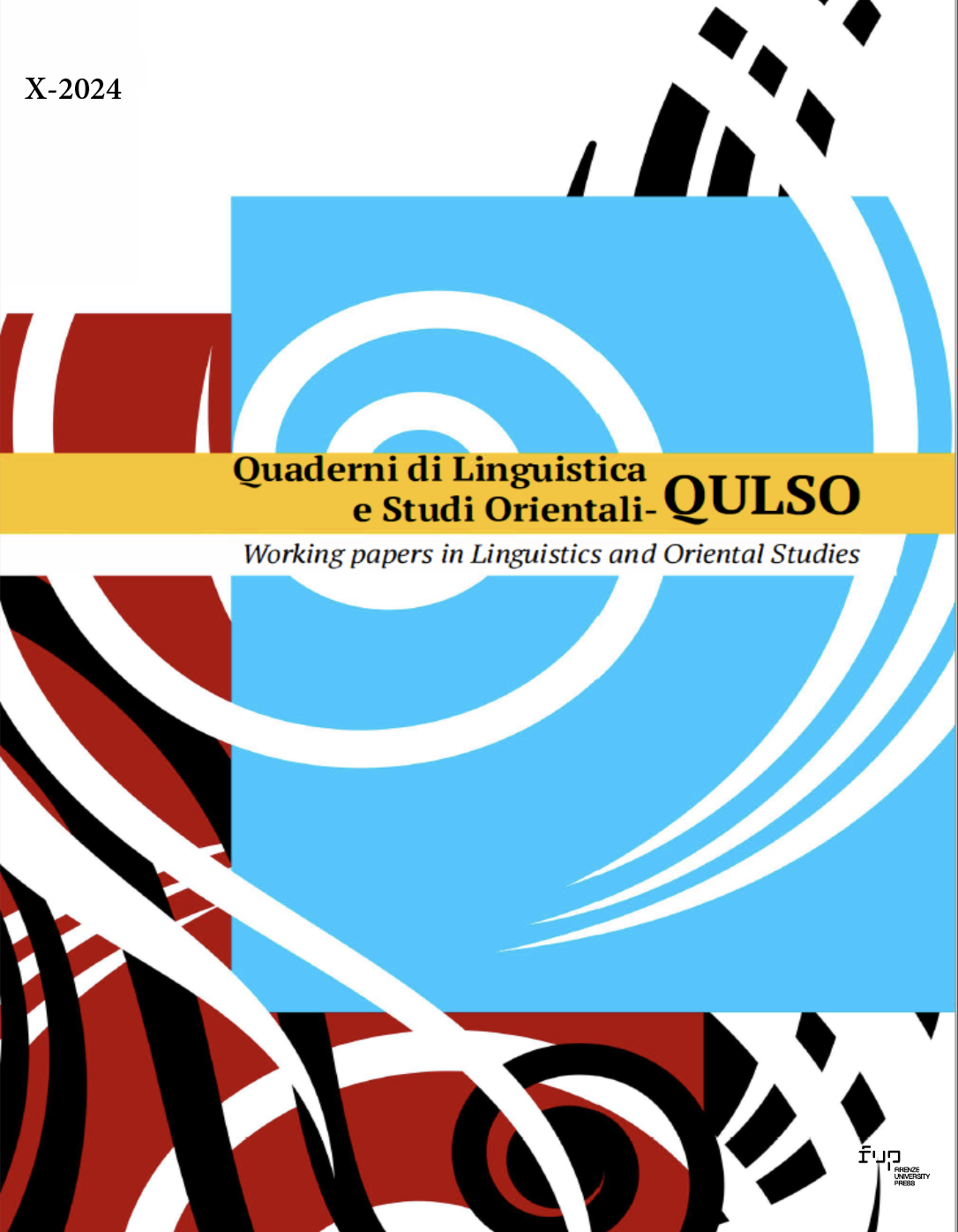Published 2024-10-02
Keywords
- Albanian Literature,
- Conversation Analysis,
- Dialogues,
- Involvement Strategies,
- Novel
How to Cite
Copyright (c) 2024 Majlinda Bregasi, Manjola Nasi

This work is licensed under a Creative Commons Attribution 4.0 International License.
Abstract
Discourse is not just a form of language use, but also a cognitive and social accomplishment within a communicative context. This article aims to interpret dialogues in Kadare’s novel The Fall of the Stone City through a combination of methods of discourse analysis and conversation analysis. The object of this analysis are the direct dialogues, in which characters are represented through their own voice, and where the narrator evades his/her own intervention during the transmission of the character’s sensory experience and does not give to the reader an indication of any sort of privileged information regarding the condition of the character. The central focus of this analysis is involvement strategies, as the basic principle in both conversational and literary discourse. The spoken genre is characterized by fragmentation and involvement, whereas the written genre is characterized by integration and detachment. The comparison of spoken and written narratives suggests that normal conversation and literary discourse have many similarities between them. The examination of the dialogues in Kadare’s novel The Fall of the Stone City clearly shows that the author combines involvement with integration in building scenes and triggering emotions. He uses familiar strategies, like repair and repetition in creating coherence and involvement, which are intentional in creating meaning.

